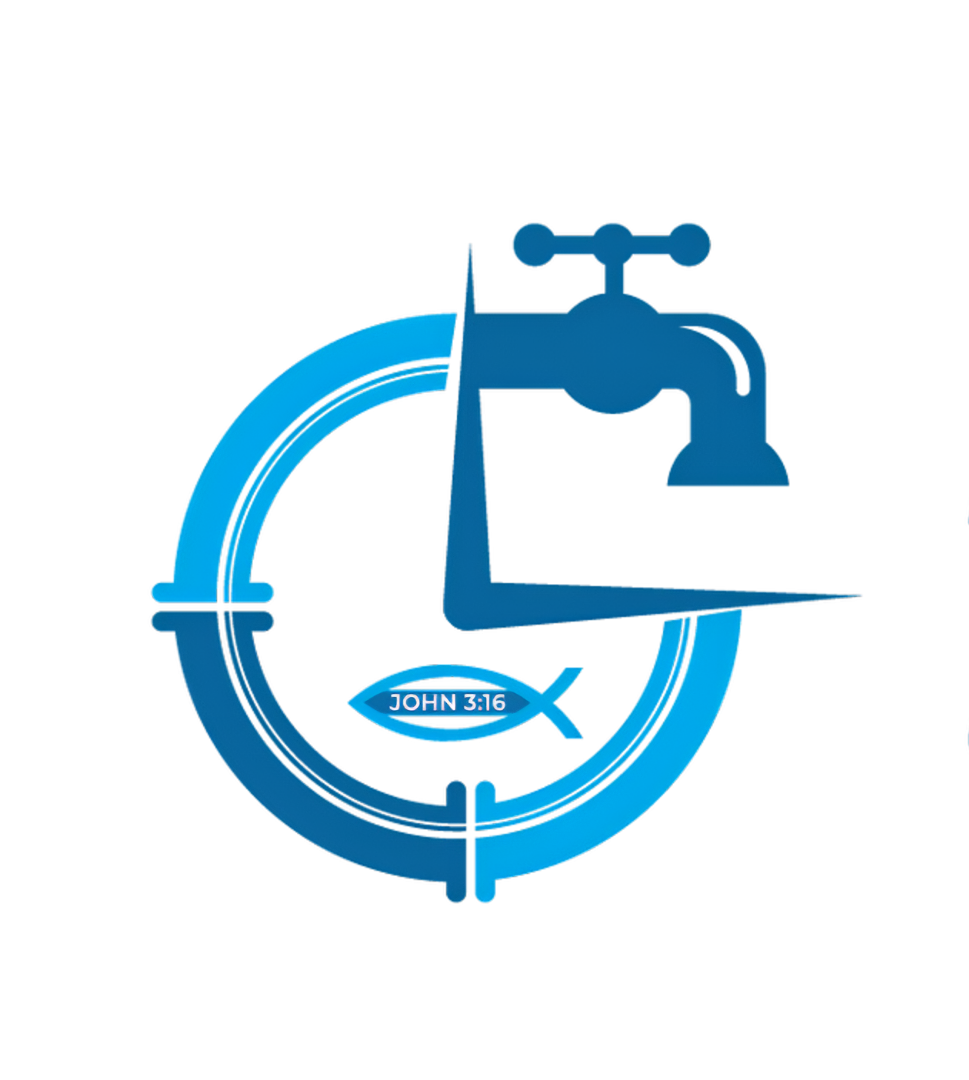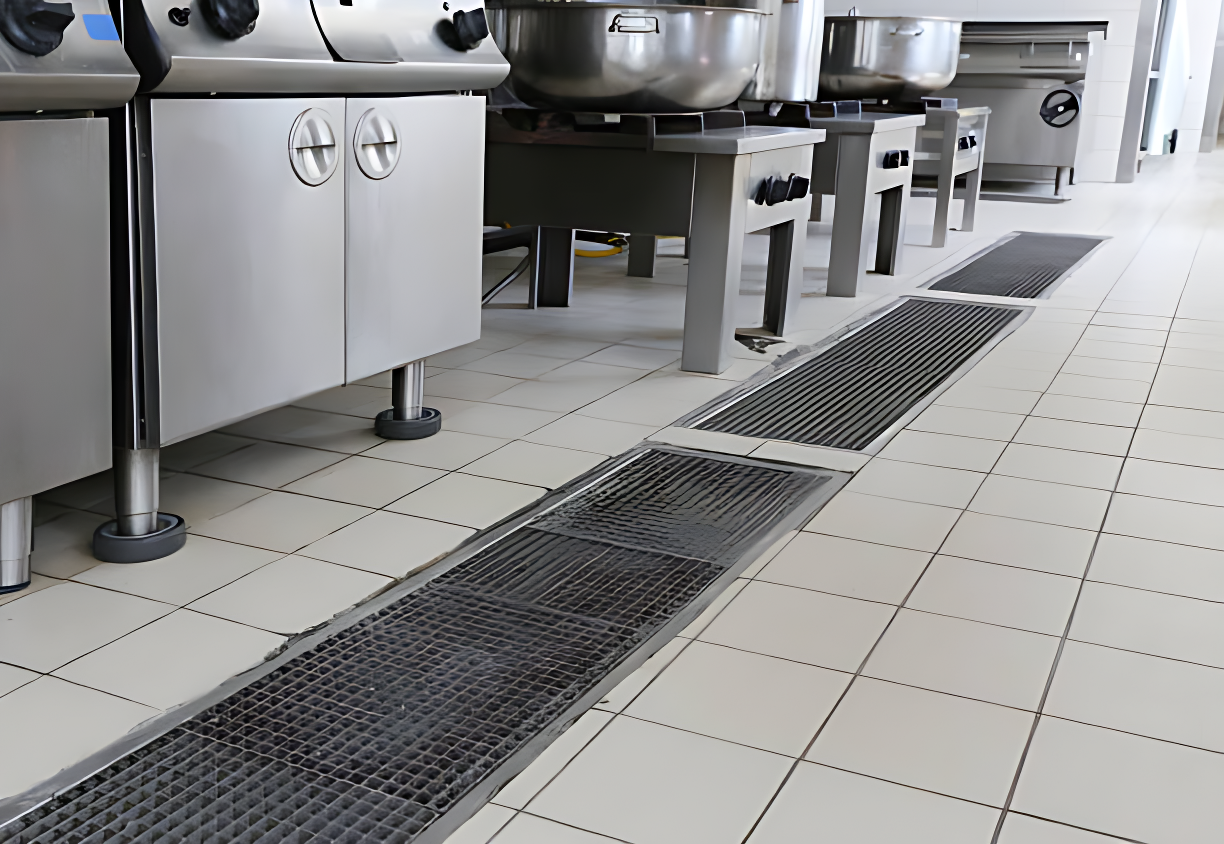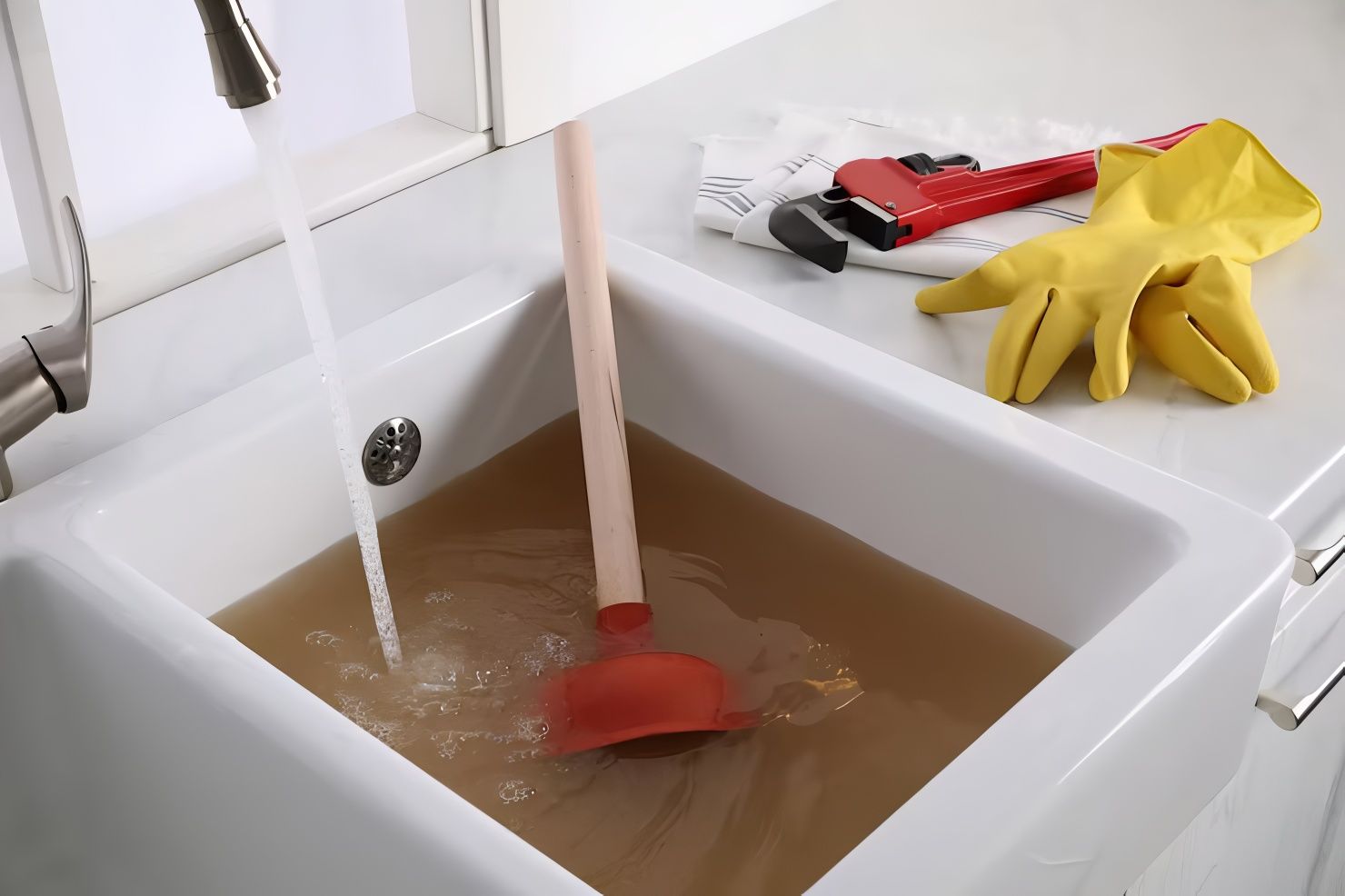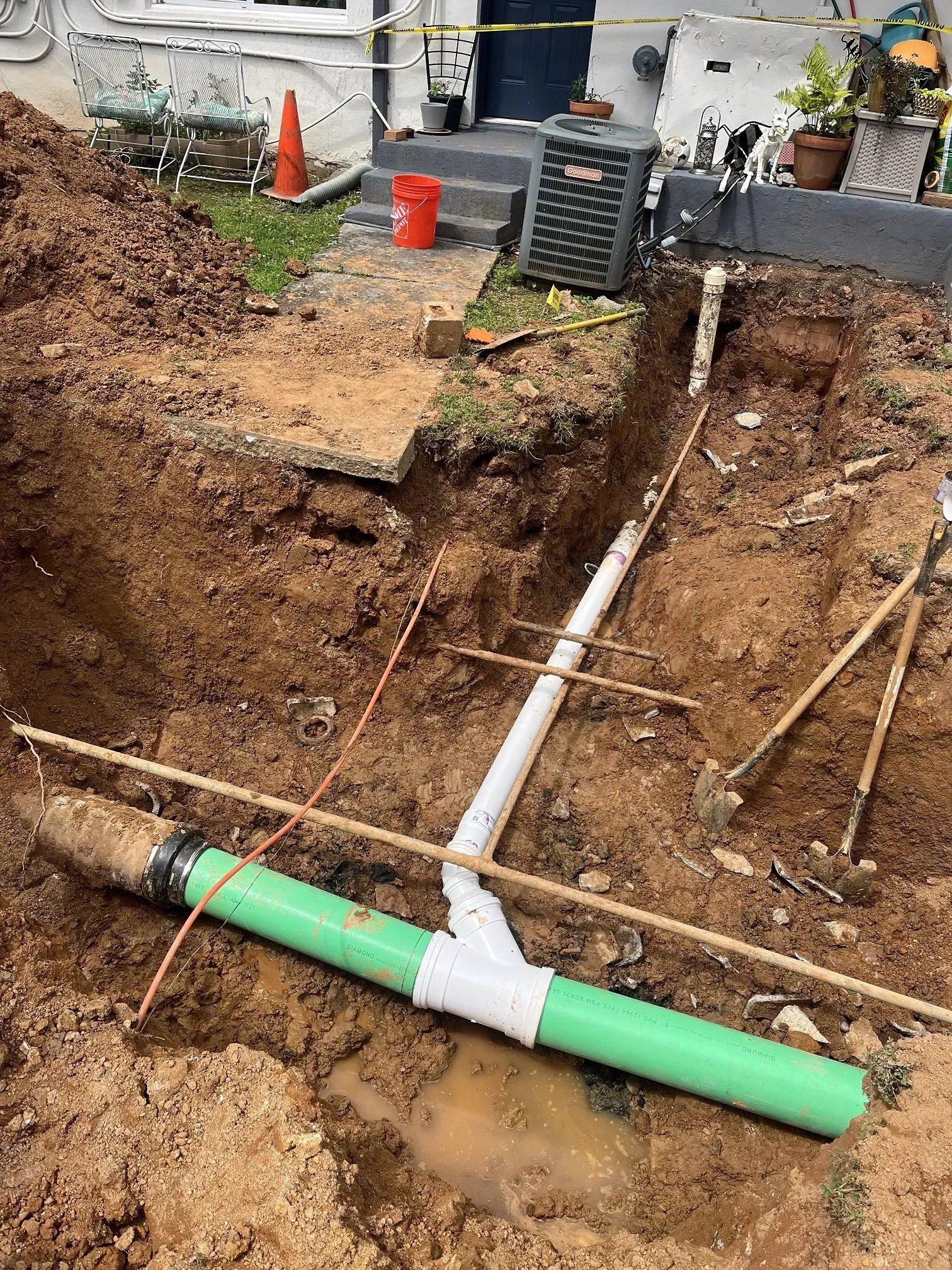How To Detect Pipe Clogs: Key Signs to Identify Clogs in Your Pipes
Franchesca Reid July 29, 2025

Early detection of a pipe clog can save homeowners, business owners, and facility managers from costly water damage and health hazards. Recognizing how to detect clogged pipes in Cumming GA involves spotting key symptoms like slow drains, gurgling noises, foul odors, backups, and multiple clog events, which signal blockages in your plumbing system.
This guide explains the most common signs, explores typical causes, outlines when to call a professional plumber, and shares prevention tactics for a resilient, clog-free plumbing network. You’ll learn to interpret each warning and discover expert solutions from Lanier Plumbing and Drain’s drain cleaning and sewer services in the Atlanta metro area.
What Are the Most Common Signs of Clogged Pipes?

Clogged pipes in Cumming obstruct wastewater flow and create pressure imbalances that manifest in distinct ways. Below is a summary of the five primary indicators and what each reveals about the health of your plumbing.
| Sign | Attribute | What It Indicates |
|---|---|---|
| Slow Draining Water | Reduced flow rate | Partial blockage restricting normal drainage |
| Gurgling Sounds from Drains | Air pressure change | Trapped air from downstream obstructions |
| Foul Odors | Sewage gas presence | Decomposing waste trapped in pipe cavities |
| Water Backing Up in Fixtures | Reverse flow | Serious block near main sewer or branch |
| Multiple Clogged Drains | System-wide issue | Main sewer line clog or vent pipe failure |
Gurgling noises often follow slow drains as trapped air seeks an escape, so understanding both leads naturally into foul-odor detection.
How Can Slow Draining Water Indicate a Pipe Clog?
Slow draining water occurs when waste buildup narrows a pipe’s interior, reducing flow speed and causing water to linger in sinks, tubs, or toilets. This partial blockage can result from hair, soap scum, or grease accumulation and often worsens over time. Noticing water that pools instead of clearing promptly helps pinpoint localized clogs before they escalate to backups or pipe damage.
What Do Gurgling Sounds from Drains Reveal About Clogs?
Gurgling sounds in drains happen when air pockets form behind a blockage and bubble through standing water. This auditory signal indicates that wastewater cannot pass smoothly and air is trapped by a partial obstruction. Distinguishing between a one-off gurgle and recurring noise across multiple fixtures helps identify whether you face a simple trap clog or a deeper sewer line problem.
How Do Foul Odors Signal a Blocked Drain or Sewer Line?
Foul odors, often resembling rotten eggs, emanate from decomposing waste trapped in a clogged pipe or sewer line. Hydrogen sulfide and methane gases accumulate behind the blockage, escaping through the nearest opening. Detecting persistent sewer smells near floor drains or fixtures signals that bacteria are breaking down organic material in a stagnant environment requiring prompt attention.
When Does Water Backing Up in Fixtures Mean a Serious Clog?
Water backing up into sinks, tubs, or toilets, especially when another fixture is in use, indicates a severe obstruction in a shared drain or main sewer line. Reverse flow occurs when pressure from one branch forces wastewater into adjacent fixtures. This symptom demands immediate evaluation to prevent overflow or sewage damage in your home or business.
Why Are Multiple Clogged Drains a Warning Sign of Main Sewer Line Issues?
Experiencing slow or backed-up drains in several locations simultaneously suggests a main sewer line clog or a blocked vent pipe affecting the entire system. A single tub overflowing when the dishwasher runs or toilets gurgling together often points to tree root intrusion or collapsed piping outside the structure. Recognizing system-wide patterns helps you decide if professional sewer services are necessary.
What Are the Common Causes Behind Pipe Clogs?
Pipe clogs arise from a variety of materials and external factors that compromise flow and pipe integrity. Understanding each cause aids in selecting the right mitigation strategy and prevents recurrence.
| Cause | Location | Typical Impact |
|---|---|---|
| Hair & Soap Scum | Bathroom Drains | Forms fibrous mats that trap debris |
| Grease & Food Buildup | Kitchen Sinks | Solidifies into sticky blockages over time |
| Tree Root Intrusion | Main Sewer Lines | Roots penetrate joints, crush pipes |
| Clogged Vent Pipes | Roof/Vents | Interrupts air balance, slows drainage |
Knowing how hair and grease interact sets the stage for exploring tree root damage and vent pipe effects.
How Do Hair and Soap Scum Build Up to Cause Bathroom Drain Clogs?
Hair strands combine with soap residues to form mats that adhere to pipe walls, catching additional debris with each flush or shower. Over weeks, these mats narrow passageways until water flow slows or stops entirely. Regular removal of visible buildup and periodic flushing with safe enzyme cleaners can delay or prevent obstruction.
Why Does Grease and Food Buildup Lead to Kitchen Sink Blockages?
Warm fats, oils, and grease (FOG) coat the interior of kitchen drains, cooling into solid layers that trap food particles. Each rinse adds to the coating until flow is significantly restricted. Avoiding pouring grease down the drain and running hot water while using biodegradable grease-cutting detergents helps keep kitchen piping clear.
How Can Tree Root Intrusion Damage Sewer Lines and Cause Clogs?
Tree roots naturally seek moisture and exploit small cracks or loose joints in underground sewer pipes. As roots penetrate, they expand inside the pipe, crushing material and blocking wastewater flow. Professional camera inspections and hydro-jetting can remove root masses, but long-term prevention often requires trenchless pipe relining or root barriers.
What Are the Effects of Clogged Plumbing Vent Pipes on Drainage?
Blocked vent pipes disrupt the air balance needed for smooth drainage, causing slow flow, gurgling, and pressure imbalances. Debris such as leaves, nests, or ice can seal vent openings on rooftops. Clearing or repairing vent stacks restores proper airflow and prevents negative pressure that draws traps dry or slows drains.
When Should You Call a Professional Plumber for Pipe Clogs?
DIY methods suffice for minor, localized blockages, but certain signs require expert intervention to protect your property. Recognizing these scenarios ensures timely service from a licensed plumber before extensive damage occurs.
- Multiple fixtures experiencing slow drainage or backups
- Sewage odors persisting despite local cleaning
- Visible yard wet spots or sewer cleanout overflow
- Recurring clogs after repeated DIY attempts
These triggers lead into specific professional diagnostics and solutions.
What Are the Signs That Require Immediate Professional Drain Cleaning?
Persistent backups, sewage spilling from floor drains, and gurgling toilets after a drain snake attempt indicate that handheld tools cannot clear the obstruction. Such urgency often requires high-pressure hydro-jetting or camera-guided snaking to fully remove debris and restore pipe integrity.
How Do Professionals Diagnose and Resolve Main Sewer Line Clogs?
Technicians employ video camera inspections to locate blockages or damage, then choose the appropriate remedy like hydro-jetting for grease and sludge, mechanical snaking for tree roots, or trenchless pipe lining for structural repairs. This targeted approach ensures long-lasting resolution and minimizes excavation.
What Risks Are There in Ignoring Severe or Recurring Pipe Clogs?
Neglecting serious or repeat clogs can lead to pipe corrosion, leaks, structural water damage, mold growth, and health hazards from sewage exposure. Early professional service reduces repair costs, prevents emergency overflows, and maintains safe, sanitary conditions.
How Can You Prevent Future Pipe Clogs and Maintain a Healthy Plumbing System?
Proactive habits and regular inspections form the foundation of clog prevention. Implementing simple measures protects your plumbing and extends the life of your pipes.
- Install and clean drain strainers to catch hair and debris.
- Dispose of cooking fats in sealed containers rather than pouring down the sink.
- Flush drains monthly with hot water and a half-cup of baking soda followed by vinegar.
These practices reduce buildup and prime you for more thorough professional maintenance.
What DIY Measures Help Prevent Hair, Grease, and Soap Scum Buildup?
Brushing or combing hair before showering and wiping greasy pots with paper towels before washing prevents materials from entering the drain. Regular detergent-based flushes break down residual scum and keep pipes running smoothly.
How Do Drain Strainers and Proper Disposal Reduce Clog Risks?
Fine-mesh strainers catch solids in sinks, tubs, and showers, allowing for quick removal before particles travel into the plumbing network. Correctly disposing of coffee grounds, food scraps, and grease ensures these common clog culprits never reach your pipes.
Why Is Regular Professional Maintenance Important for Long-Term Clog Prevention?
Scheduled inspections and cleanings by skilled plumbers use advanced camera diagnostics and hydro-jetting to clear hidden buildup and detect early pipe damage. Partnering with Lanier Plumbing and Drain for annual maintenance delivers peace of mind and keeps your plumbing system in optimal condition.
Routine vigilance combined with expert service preserves flow and prevents the costly pitfalls of unchecked clogs. Contact Lanier Plumbing and Drain to schedule your professional inspection and ensure a clog-free future.
Expert Plumbing Solutions
From leaky faucets to major installations, our certified plumbers provide reliable service you can trust.
Smart Tips for Your Home
We'll send you useful tips and special offers to help you maintain your plumbing and save money.
Contact Us
We will get back to you as soon as possible.
Please try again later.




